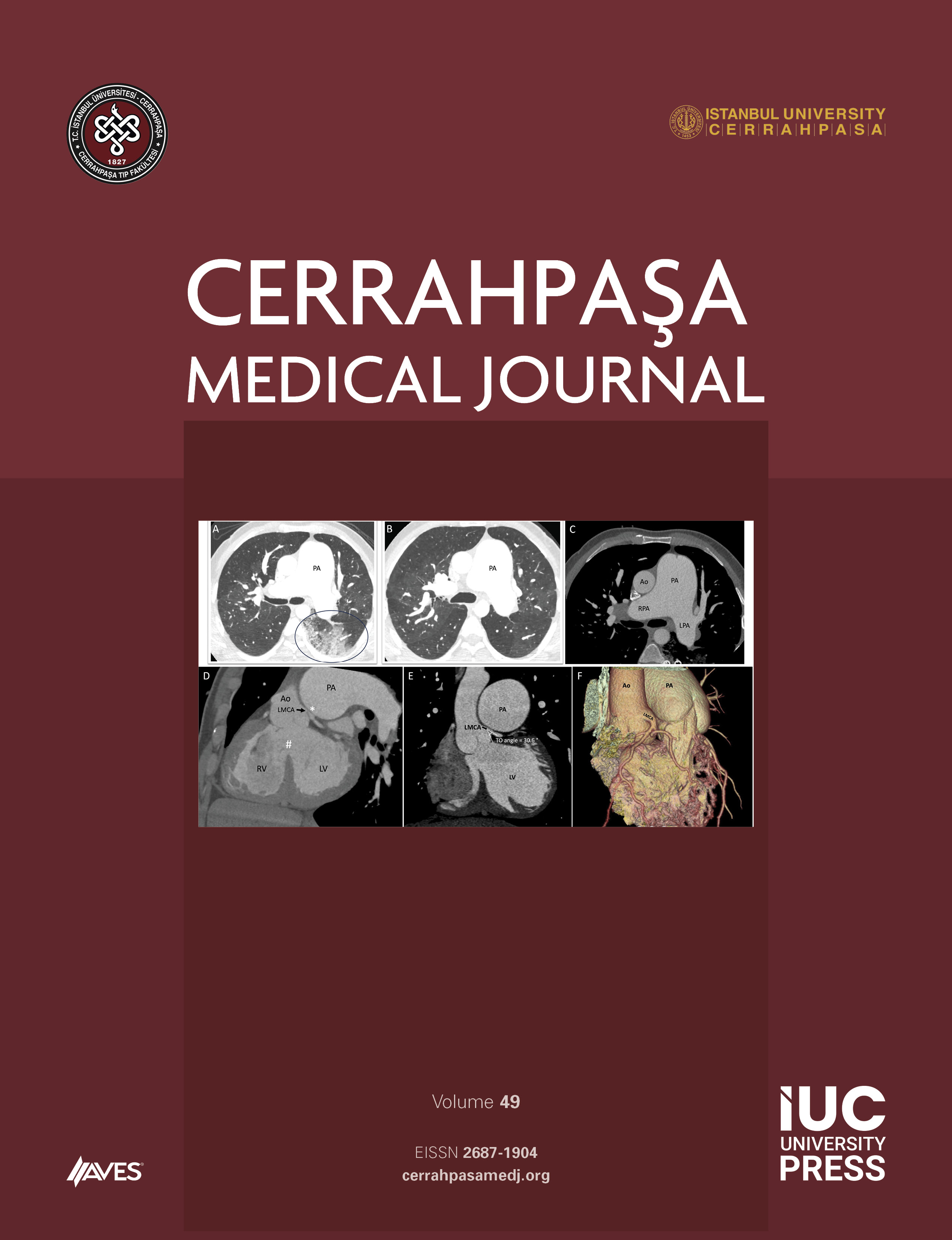Among postgynecologic surgery morbid events, febrile morbidity is the most commonly reported adverse event. In this report, we aimed to identify the rate of febrile morbidity after pelvic gynecologic operations and the risk factors . The project was done by Gynecology and Gynecologic Oncology Department of Istanbul University, Cerrahpasa Faculty of Medicine from the patients who applied with benign and malign gynecologic diseases and was accepted to the hospital to be operated, the ones who have had pelvic operation, no peroperative intestinal trauma, no intraabdominal tuberculosis, not been operated for pelvic abscess and who do not take immunosuppressive drugs. A total of 265 cases have been taken under consideration. 8.7 % of the cases were defined as postoperative febril morbidity. Patological laboratory findings were detected in 51.1 % of cases that developed febrile morbidity. Of these patients 3 had bacteriemia, 5 had urinary infection, 1 had pulmonary infection and the remaining 3 had pelvic infection source. Older age (> 45), long operation duration, peroperative blood transfusion, drain, nasogastric catheter were the risk factors that were found statistically significant. The approach to febrile morbidity should be based on the infection rates of the clinic. As infections are responsible for more than half of febrile morbidity, infection site should be researched after first 24 hours.



